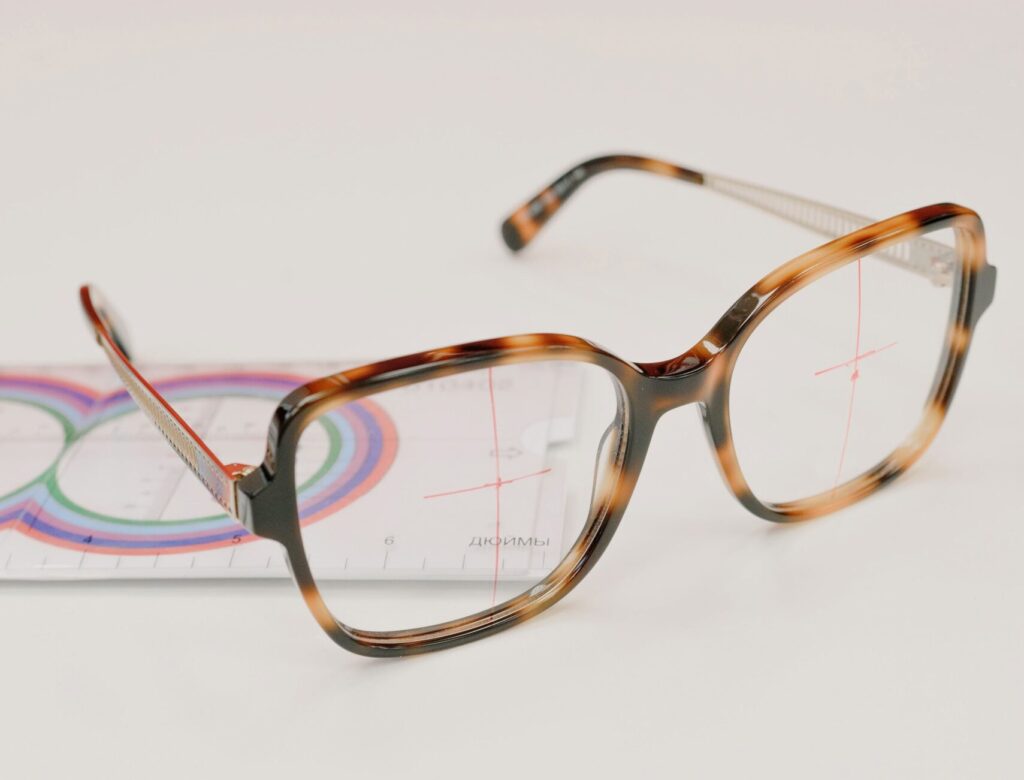How is an eyeglass prescription transposed?
In the optical lab, prescriptions are written in either plus or minus cylinder form, depending on the equipment used by the doctor. For surfacing, the minus form is used, which means a prescription written in plus cylinder form must be transposed before processing.
It is extremely important for optometrists and opticians to be able to translate eyeglass prescriptions, especially those for astigmatism. In this process, a prescription written in one format is converted to another format without changing its optical power. Since astigmatic corrections are prescribed using two different notations, the plus cylinder form and the minus cylinder form, transposition is necessary.
A cylindrical lens is typically used to correct astigmatism, a common refractive error. Generally, these lenses have power in only one meridian and are used to correct uneven light focus due to irregular corneal or lens shape. An astigmatism prescription is comprised of three values: a sphere (Sph), a cylinder (Cyl), and an axis (A). Spheres indicate nearsightedness or farsightedness, cylinders denote astigmatism, and axes indicate astigmatism orientation.
On top of the spherical power, cylinder values represent the additional power needed for correcting astigmatism in the plus cylinder form. Optometrists may prefer one format over the other based on their training or geographic location. Conversely, in the minus cylinder form, the cylinder value reflects the subtraction necessary for correcting astigmatism from the spherical power.
In order to transpose a prescription, a few mathematical steps must be taken. The cylinder power must first be changed from plus to minus or vice versa. As a result of this change, the sphere power must be adjusted accordingly. By adding the original cylinder power to the sphere power algebraically, we are able to account for the change in cylinder power orientation by adjusting the axis by 90 degrees. The axis adjustment is essential for cylindrical lenses, since it defines the meridian that is 90 degrees distant from the meridian of the lens’ power.
The transposition of prescriptions must be performed accurately as errors can result in incorrect lens fabrication, which may result in poor visual correction and discomfort for the patient. It remains imperative for eye care professionals to be familiar with this process, even though modern lens manufacturing and electronic prescribing have reduced the frequency of manual transpositions. A communication system is required when optometrists, ophthalmologists, and opticians need to verify lens specifications or troubleshoot lens issues.
How to Transpose a Prescription Written in Plus Cylinder Form to Minus Cylinder Form:
1. Add the sphere and cylinder powers to determine the new sphere power.
2. Change the sign of the cylinder.
3. Change the axis by 90 degrees.
Example:
Transpose -3.00 +2.00 x 30
1. The new sphere power can be determined by adding the sphere and cylinder powers.
(-3.00) + (+2.00) = -1.00
2. Change the cylinder’s sign
-2.00
3. Rotate the axis by 90 degrees.
120
The transposed prescription is:
-1.00 -2.00 x 120
















